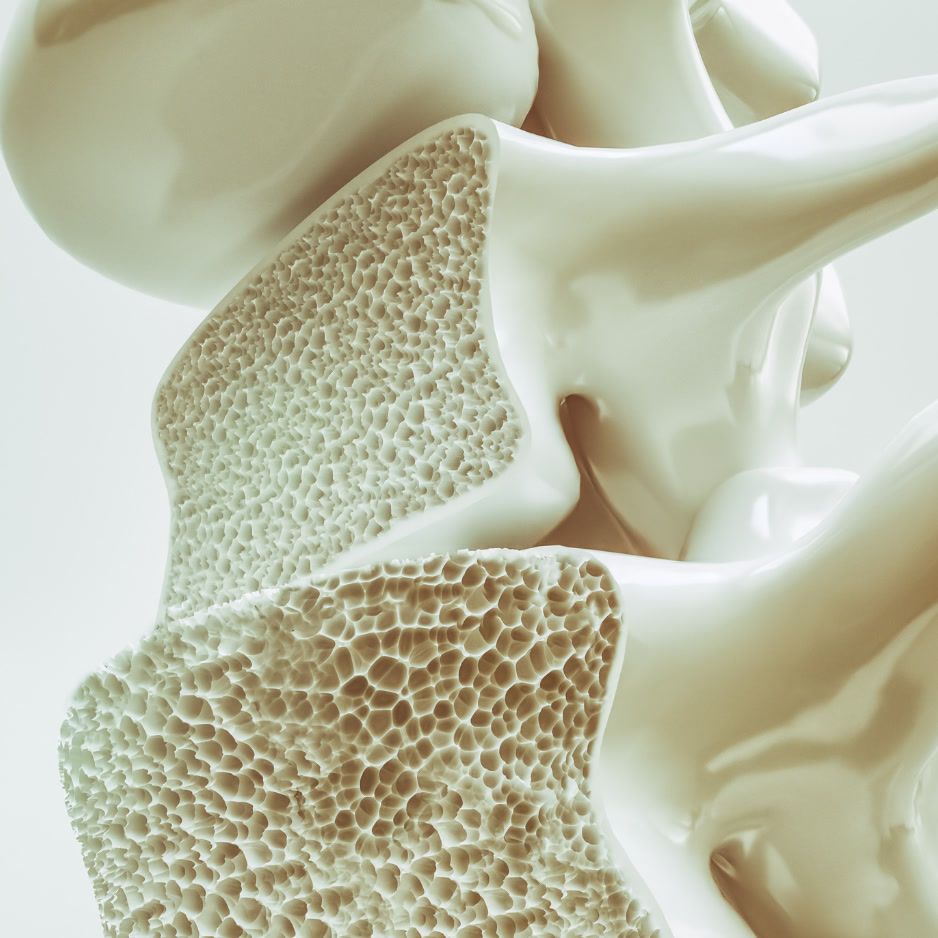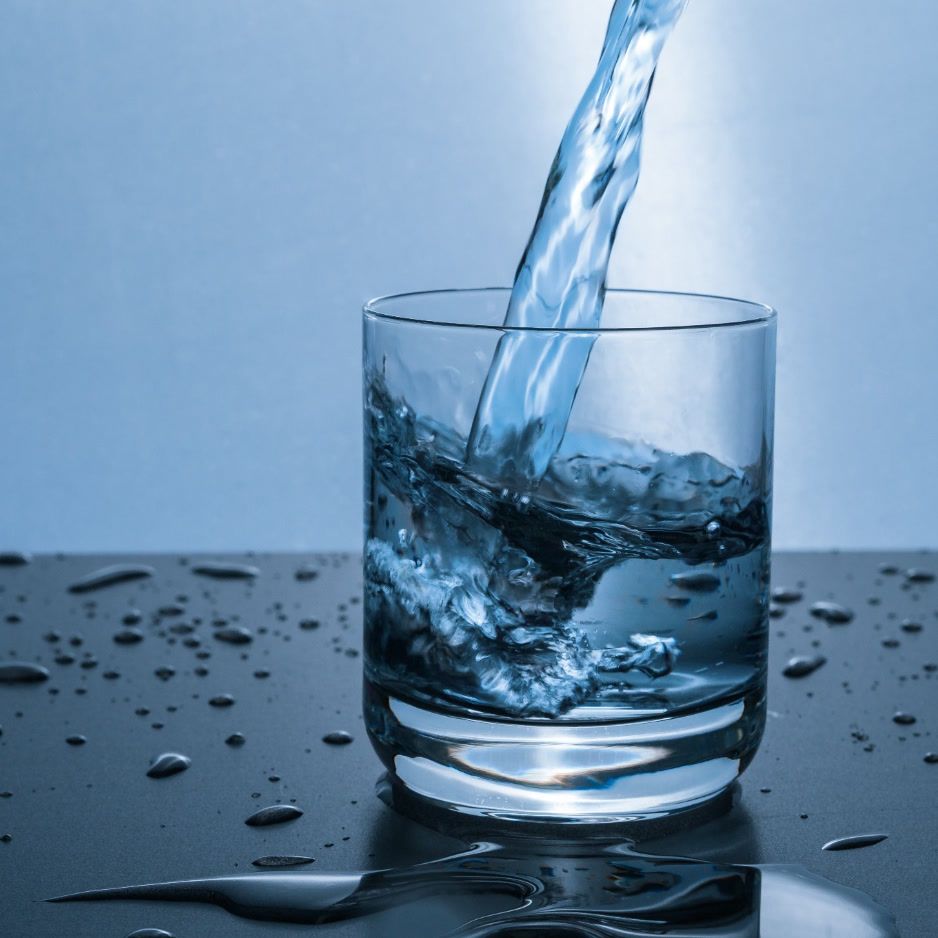Vitamin D3 K2 Benefits for Bone and Heart Health
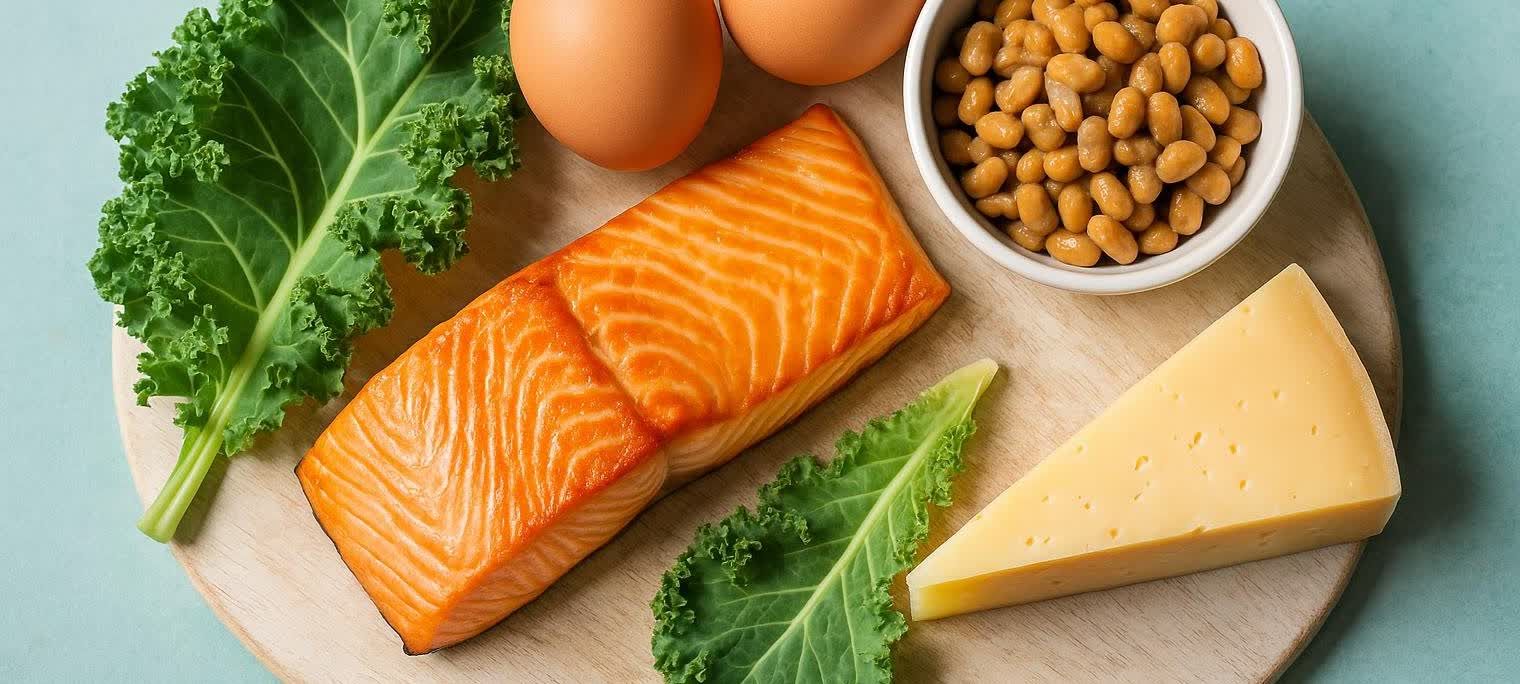
Vitamin D3 K2 Benefits: Bone & Heart Health Guide
If you’ve heard that vitamin D3 and vitamin K2 are “better together,” you’re not wrong. Vitamin D3 (cholecalciferol) helps your body absorb and circulate calcium; vitamin K2 activates proteins that direct that calcium into bone and away from soft tissues like arteries. Think of D3 as turning on the faucet and K2 as opening the right valves so minerals go where you want them.
This guide translates that research into practical advice, covering the differences between MK‑4 and MK‑7, dosing guidelines, safety tips, and how to track your progress with a DEXA scan.
TL;DR
- D3 increases calcium absorption; K2 activates proteins that help send calcium to bones and keep it out of arteries (van Ballegooijen 2017).
- MK‑7 (a form of K2) has the best evidence at everyday doses for slowing age‑related bone loss in postmenopausal women (Knapen 2013 RCT).
- Vascular (heart/artery) research is mixed. Don’t expect K2 to reverse existing calcification quickly, especially in high‑risk groups (Park 2023 RCT in dialysis).
- MK‑7 keeps steadier blood levels than MK‑4 and is convenient for once‑daily dosing (Schurgers 2012).
- Most adults should stay near the RDA for D3 unless a clinician is guiding repletion; keep vitamin K intake consistent, especially if you use warfarin (Endocrine Society 2024) (NIH ODS Vitamin K).
Why Pair Vitamin D3 with Vitamin K2?
Vitamin D3 increases calcium absorption and stimulates the body to make vitamin‑K–dependent proteins (VKDPs) like osteocalcin (helps mineralize bone) and matrix Gla protein, MGP (helps block artery calcification). Vitamin K is the co‑factor that “activates” these proteins via carboxylation so they actually work. Low D with low K can create a worst‑of‑both‑worlds scenario—more circulating calcium with under‑activated VKDPs in bone and arteries (van Ballegooijen 2017).
In plain English: D3 helps you absorb the building blocks; K2 helps you bolt them down in the right places.
What the Latest Evidence Says
Bone health
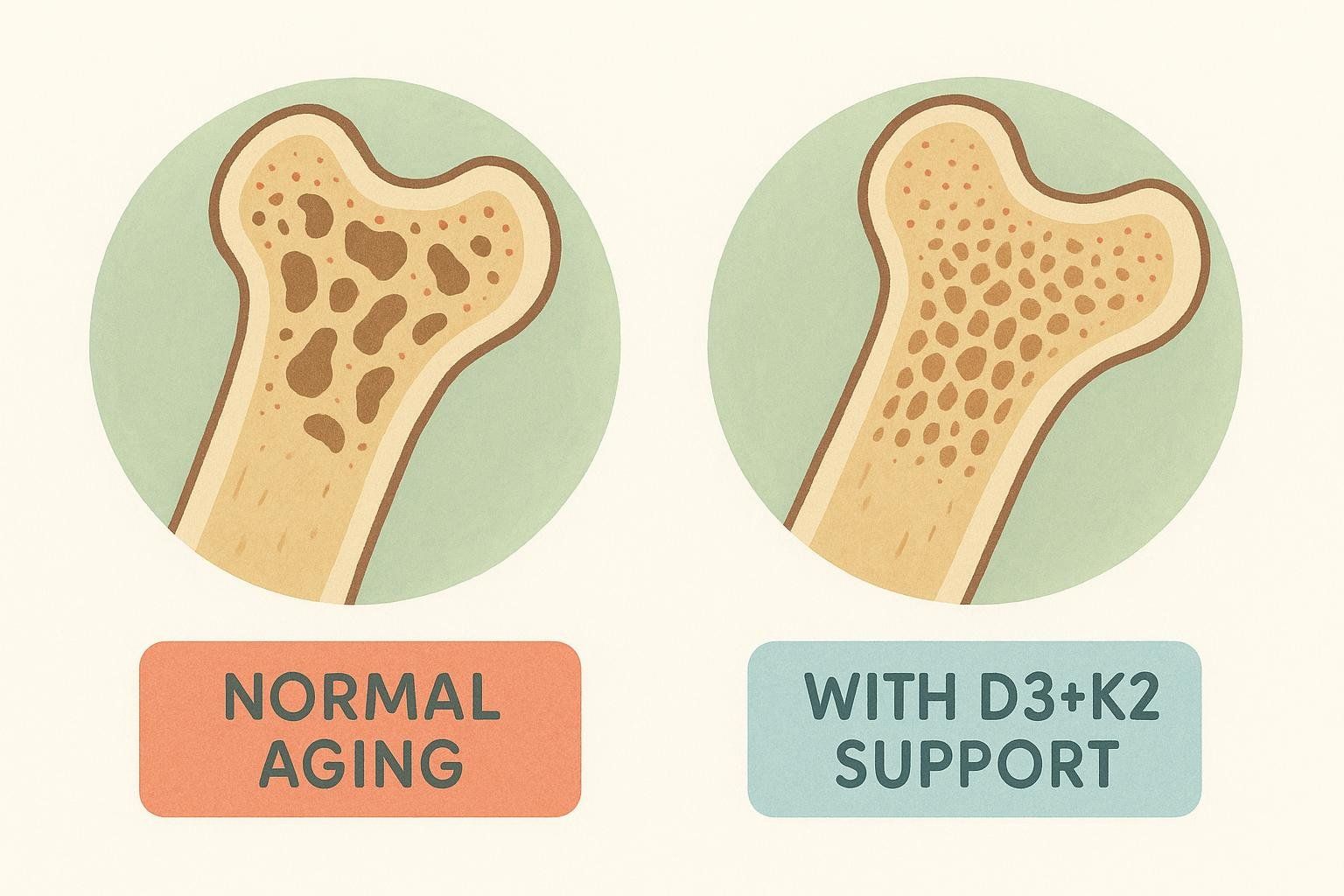
- A 3‑year randomized trial in 244 postmenopausal women found that MK‑7 at 180 µg/day slowed age‑related declines in lumbar‑spine and femoral‑neck BMD and improved bone‑strength indices versus placebo (Knapen 2013).
- Recent reviews conclude that combined D3 + K2 can support bone metabolism and may help preserve BMD, especially in postmenopausal women with low dietary vitamin K or borderline vitamin D status, though results vary across studies (Aaseth 2024) (Rusu 2024).
Cardiovascular Health

- Observational data link higher K2 intake with less arterial calcification; mechanistically, carboxylated MGP is a strong inhibitor of vascular mineralization (van Ballegooijen 2017).
- Interventional data are mixed. In chronic hemodialysis patients with established arterial stiffness, 24 weeks of MK‑7 (375 µg/day) did not change arterial stiffness overall, though a diabetic subgroup improved (Park 2023). Trials in aortic valve calcification and CKD have also reported neutral results over 1–2 years.
Bottom line: D3 and K2 are biologically synergistic; bone benefits are promising with longer‑term use, while artery outcomes are still under study.
MK‑4 vs. MK‑7: What’s the Difference?
| Feature | MK‑4 | MK‑7 |
|---|---|---|
| Where it’s found | Some animal foods; used in high Rx doses in Japan | Fermented foods (e.g., natto) and supplements |
| Half‑life & blood levels | Short half‑life; weak serum rise at nutritional doses | Longer half‑life; steady levels with daily dosing |
| Evidence highlights | Often needs multiple daily doses at low intakes; high‑dose Rx data | 180 µg/day for 3 years slowed bone loss in RCT; once‑daily convenience |
Evidence snapshot: MK‑7 shows higher bioavailability and sustained blood levels compared with MK‑4 at nutritional doses (Schurgers 2012). Multiple trials have used MK‑7 around 180 µg/day for bone outcomes (Knapen 2013).
Dosing Guidelines for Vitamin D3 and K2
There’s no official D3:K2 “ratio.” For most healthy adults, the latest guideline suggests sticking close to the RDA for vitamin D unless there’s a specific reason to do more; routine blood testing isn’t recommended in most people under 75 (Endocrine Society 2024).
- Vitamin D (RDA): 600–800 IU/day for adults; Upper Limit (UL): 4,000 IU/day unless supervised (NIH ODS Vitamin D). Higher doses are sometimes used short‑term to correct deficiency under clinician guidance.
- Vitamin K (AI, all forms): 90 µg/day (women), 120 µg/day (men). No UL established; medication interactions matter (NIH ODS Vitamin K).
- K2 in research: Bone‑focused trials often use MK‑7 at ~180 µg/day long‑term; shorter studies range ~90–375 µg/day depending on the goal (Knapen 2013) (Park 2023).
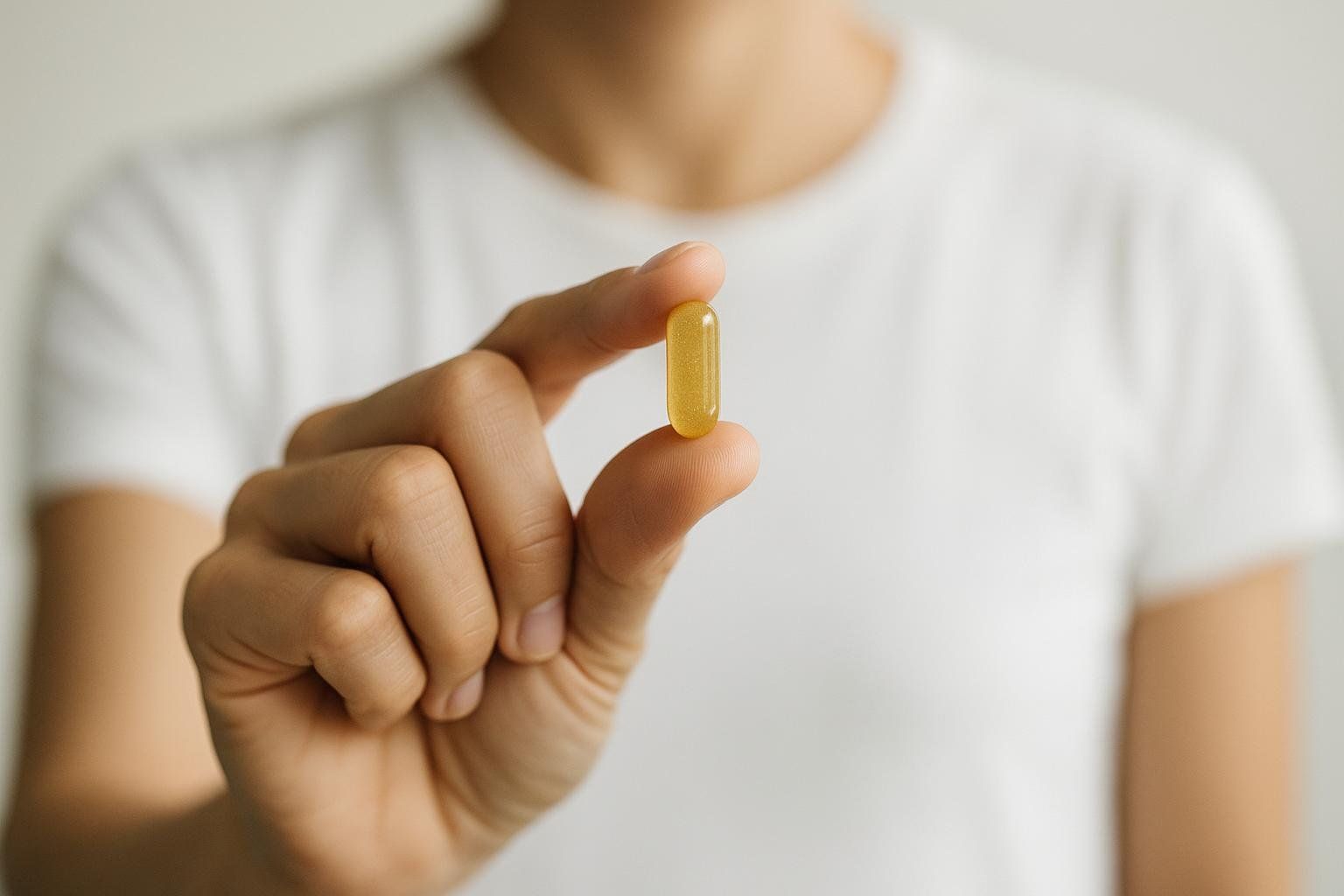
Practical tips
- If you take D3 (say, in low‑sun months), make sure you’re also getting vitamin K—ideally from leafy greens (K1) and fermented foods/cheeses (K2), or consider a K2 supplement if your diet is light on these foods (NIH ODS Vitamin K).
- Avoid routinely exceeding 4,000 IU/day of D3 unless your clinician is monitoring labs and calcium status. Very high, prolonged D can contribute to hypercalcemia and, in theory, worsen soft‑tissue calcification without adequate K (Endocrine Society 2024) (van Ballegooijen 2017) (NIH ODS Vitamin D).
- Both vitamins are fat‑soluble—take them with a meal that includes healthy fats to improve absorption (NIH ODS Vitamin D).

Food Sources You Can Rely On
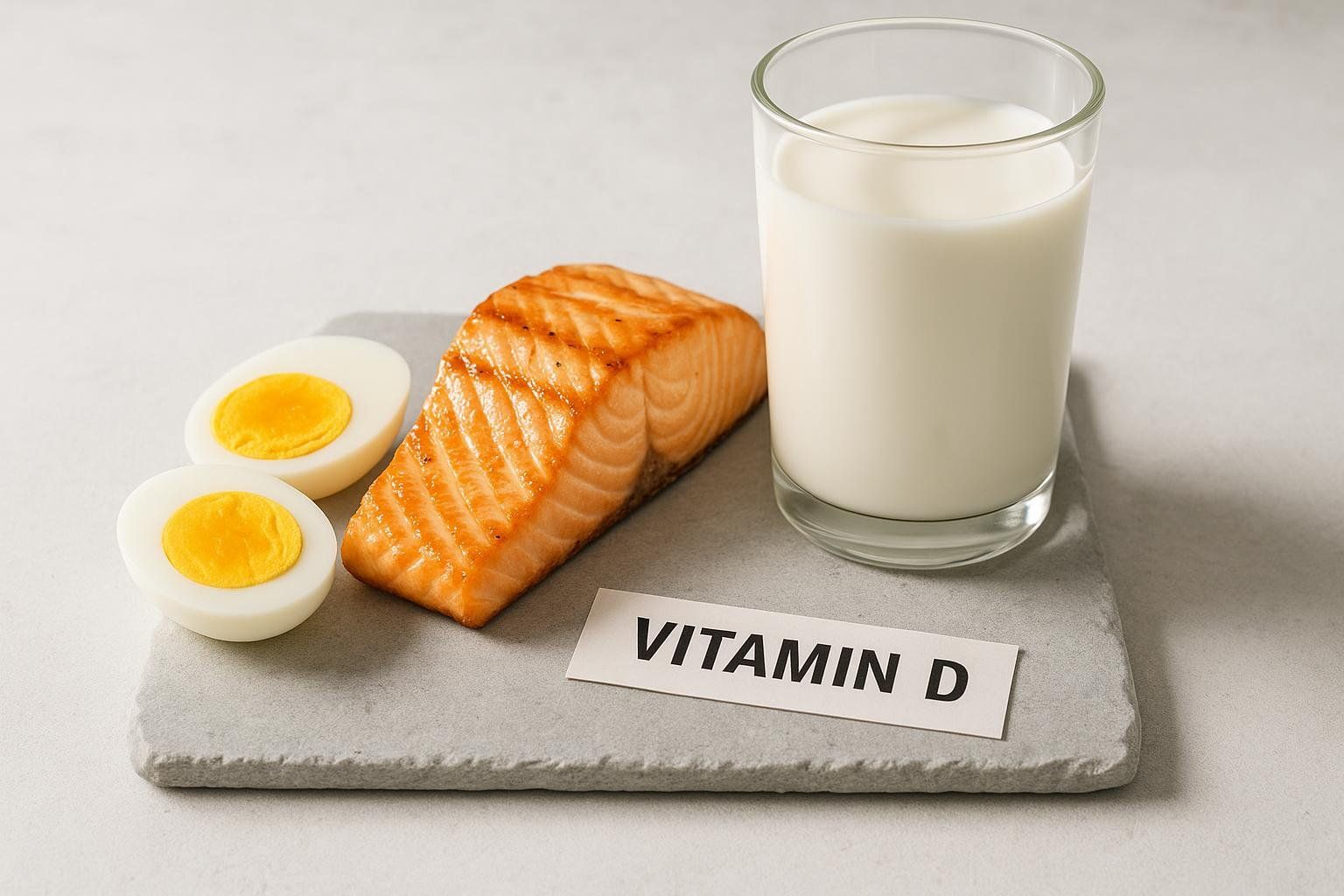
- Vitamin D: fatty fish, egg yolks, fortified milk and plant milks; sun exposure helps but varies by season and skin tone (NIH ODS Vitamin D).
- Vitamin K1: leafy greens (kale, spinach, collards); Vitamin K2: natto (MK‑7), some aged cheeses and fermented foods (NIH ODS Vitamin K).
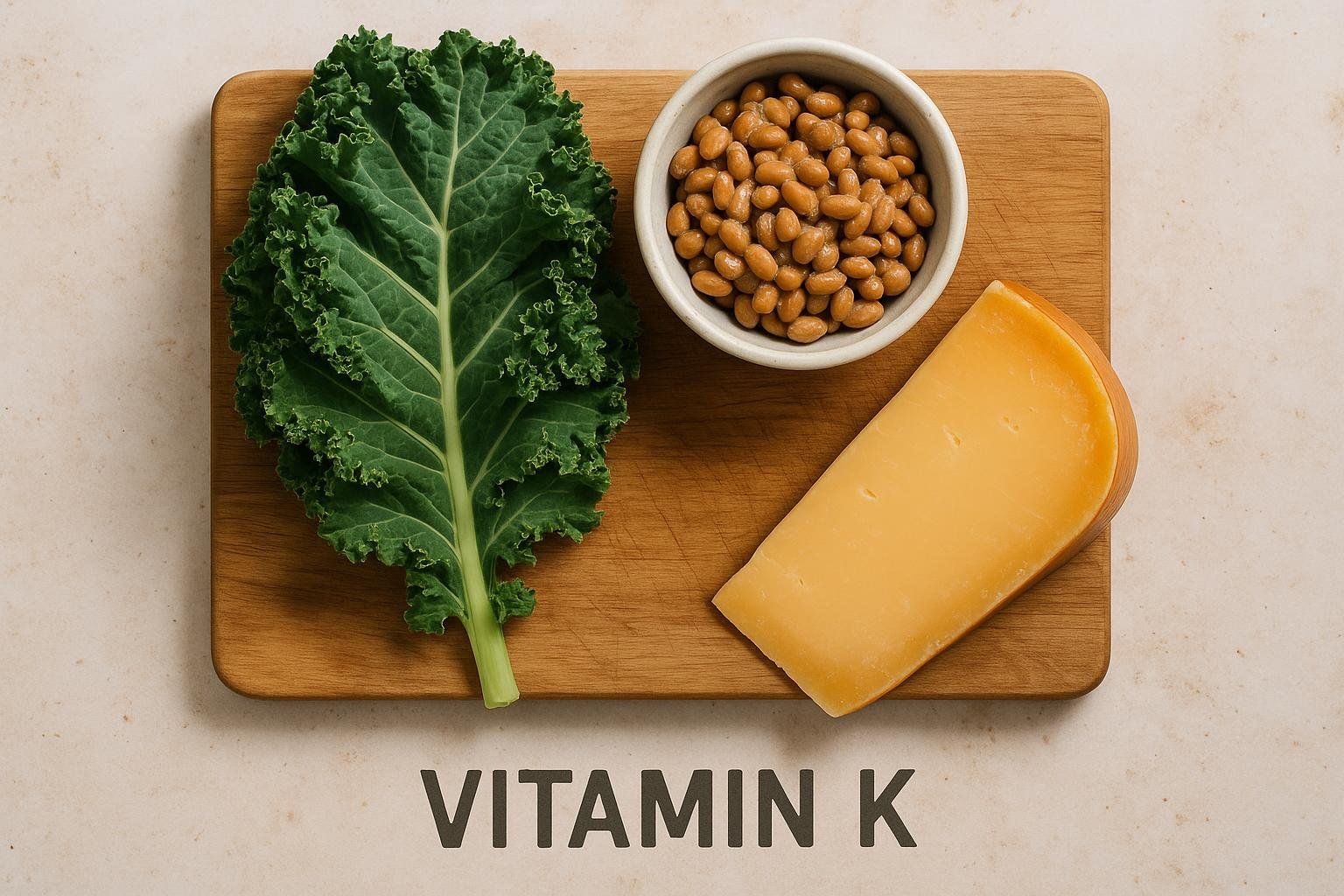
Who Benefits Most—and How to Personalize
Peri‑ and postmenopausal women (45–60)

- Why it matters: Bone loss accelerates after menopause; maintaining BMD is a top priority.
- What to do: Meet calcium needs with food first, keep D3 near the RDA unless deficient, and consider K2 if your intake of greens/fermented foods is low. Pair with progressive strength training and impact work to stimulate bone formation—see our exercise guide for stronger bones.
- Track it: Use a BodySpec DEXA to monitor body composition and whole‑body bone trends over time; if values look low or decline, talk to your clinician about a diagnostic hip/spine DEXA and review our guide to interpreting T‑scores and Z‑scores.
Fitness‑focused adults (25–35)
- Why it matters: Adequate D and K support bone remodeling during heavy training; excess D without K may be inadvisable.
- What to do: Prioritize food sources first; supplement modestly if labs or lifestyle warrant it. Avoid combining multiple high‑dose supplements or taking excessive calcium without a plan.
For Discussions With Your Clinician
- Key research: Long‑term MK‑7 (~180 µg/day) is the form and dose most often studied for bone outcomes in postmenopausal women (Knapen 2013).
- Set expectations: Vascular endpoints remain mixed in high‑risk groups (e.g., CKD, dialysis); benefits may take time and can vary by condition (Park 2023).
- Vitamin D strategy: For generally healthy adults, staying near the RDA is reasonable unless there’s a clinical indication for higher dosing; decisions should consider diet, sun exposure, and medications (Endocrine Society 2024).
Safety, Interactions, and When to Test
- Warfarin and similar anticoagulants: Keep vitamin K intake consistent; abrupt changes in K foods or supplements can alter INR. Coordinate with the prescribing clinician (NIH ODS Vitamin K).
- Vitamin D toxicity: Mostly from high‑dose supplements—not sun or food—leading to hypercalcemia and possible soft‑tissue calcification. Respect the 4,000 IU/day UL unless supervised (NIH ODS Vitamin D).
- Medication interactions: Some antibiotics, bile‑acid sequestrants, and orlistat can reduce vitamin K absorption; thiazide diuretics with high‑dose D and calcium can promote hypercalcemia—review meds with your clinician (NIH ODS Vitamin D) (NIH ODS Vitamin K).
- Testing 25(OH)D: Routine screening isn’t advised for most healthy adults under 75; testing is reasonable if you have risk factors, symptoms, or you’re on a clinician‑managed repletion plan (Endocrine Society 2024).
FAQs
Is there a “best” ratio of D3 to K2?
No consensus ratio exists. Focus on meeting D3 around the RDA unless deficient and ensuring steady K intake from foods or an MK‑7 supplement—especially if your diet is light on greens/fermented foods (Endocrine Society 2024) (NIH ODS Vitamin K).
What form of K2 should I choose—MK‑4 or MK‑7?
MK‑7 is better studied at nutritional doses for long‑term bone outcomes and has a longer half‑life, making once‑daily dosing practical. MK‑4 is often used in high prescription doses in Japan. For most supplements, MK‑7 is the common choice (Schurgers 2012) (Knapen 2013).
When should I take D3 + K2?
Any time of day, but with a meal that contains fat to improve absorption (NIH ODS Vitamin D).
How much K2 with 5,000 IU of D3?
5,000 IU/day exceeds the RDA and should be reserved for clinician‑directed repletion. Trials showing bone benefits typically used MK‑7 around 180 µg/day alongside modest, guideline‑level D and calcium intake. Work with your clinician to personalize dosing and duration (Knapen 2013) (Aaseth 2024) (NIH ODS Vitamin D).
Can I rely on calcium supplements alone for bones?
Be cautious: large, single doses of calcium can temporarily spike blood calcium and, without adequate K status, may not support the bone–artery balance. Food‑first calcium plus D and adequate K is a safer, more holistic strategy (van Ballegooijen 2017).
Related Reading on Vitamin Function
To explore these vital nutrients in greater detail, see our other definitive guides:
- Vitamin D basics: How vitamin D supports bone and muscle.
- Vitamin K essentials: Vitamin K’s role in bone health.
Track What Matters: Use DEXA to See Change
To apply this knowledge, track your long‑term bone density trends with a DEXA scan. It provides objective data on your body composition and whole‑body bone estimate, giving you and your clinician a clear baseline and follow‑up points for decisions. Learn more in our overview of DEXA for bone health and body composition. Deciding on timing? Read: When should women get a bone density test?.
Educational only — not medical advice. Always consult your clinician for personalized recommendations, especially if you take anticoagulants or have a history of kidney, parathyroid, or cardiovascular disease.
